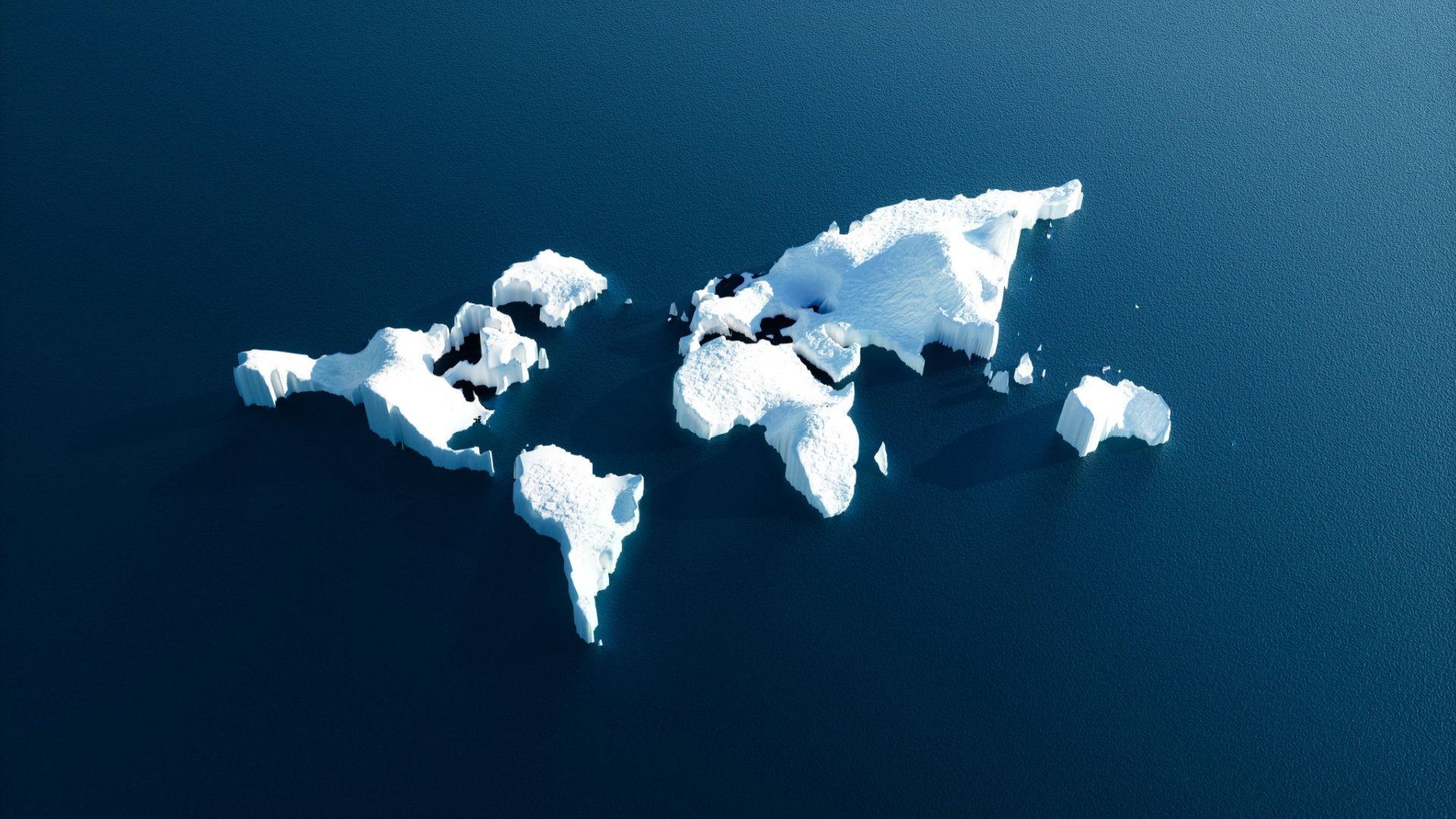The next generation of globalisation: can we protect profit and the planet?
Last month, the multi-billionaire founder of Patagonia, Yvon Chouinard, gave the company away and declared that “Earth is now our only shareholder.”
The company, valued at $3 billion, has been transferred to a nonprofit and specially designed trust, to guarantee the business’s profits will go straight to protecting the environment.
In a letter published on Patagonia’s site, Chouinard explained: “If we have any hope of a thriving planet—much less a business—it is going to take all of us doing what we can with the resources we have. This is what we can do.” He continues, “We can save our planet if we commit to it.“
Launched almost fifty years ago in 1973, Patagonia sells its products across the globe, and its annual revenue is estimated to reach over one billion dollars. While the trajectory of growth the company experienced as it expanded across the planet isn’t unique, what it decided to do with its winnings certainly is.
Unfortunately, not every company that expands globally takes such environmentally-conscious decisions. Year on year, millions of companies, fueled by dreams of global dominance and financial rewards, take a leap of faith and migrate their brand across the world. The successful few embed their business in different cultures and assert themselves as true leaders within their industry.
Patagonia began its growth decades ago, before concerns about sustainability and the finite nature of earth’s resources were at the forefront of people’s minds. Historically, growth was king, and the environment wasn’t held in a high enough regard to stand in the way.
Instead, failure to account for cultural differences was the primary barrier between a brand and worldwide success. Look no further than Starbucks’ disastrous dive into the Australian market back in 2000, which ended in shuttered doors and a retreat back to the States just fourteen years later. Oblivious to Australia’s coffee culture, centred around fresh, local flavours and coffee that tastes like, well, coffee, Starbucks’ profits tanked as their expensive and sweet drinks didn’t do it for the Aussies.
Conversely, when a brand globalises successfully, the financial rewards appear essentially limitless. Apple, undeniably one of the most universally recognisable brands in the world, has services available in over 175 countries and enjoys a market revenue larger than the GDP of several developed countries, including Italy, Canada, South Korea and Russia.
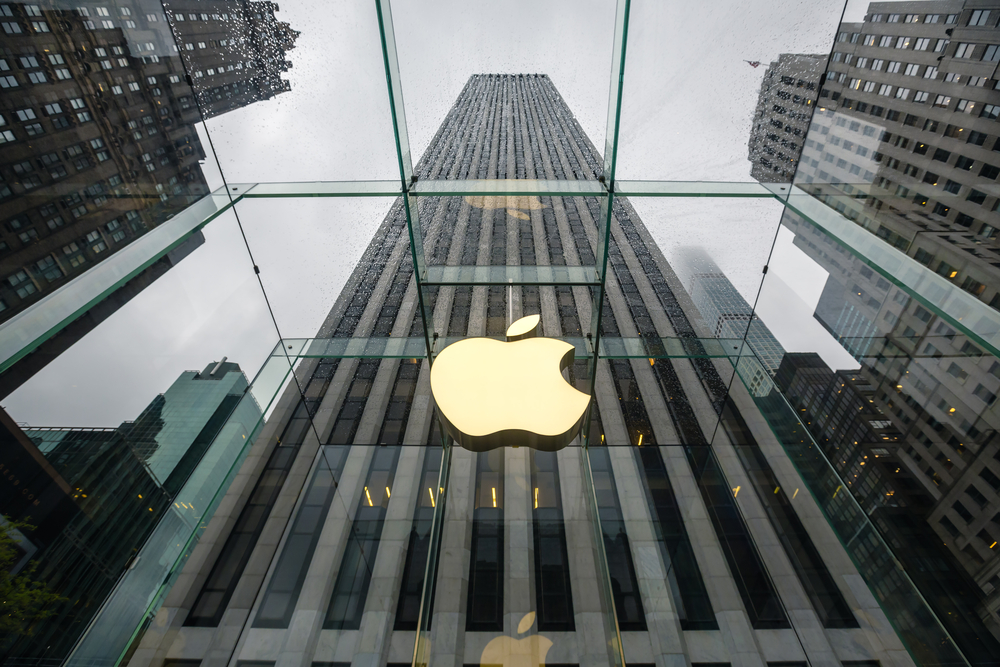
Apple, alongside Microsoft, Coca-Cola, McDonald’s, and other giants of the capitalist world, is born from a different era of growth. Most of the biggest companies in the world established themselves towards the end of the 20th century or in the early 2000s, in the last iteration of globalisation. Getting to grips with local culture was key to their success, and environmental restrictions and sustainable development were a distant dream.
Nowadays, the business landscape is looking very different. Considering cultural differences remains crucial to business success, but respecting the local population, their traditions and their way of life are now intrinsically linked to sustainability. It is no longer a question of whether a company is ethical enough to bother protecting the environment it desperately relies on to function as a profitable business – they simply have no choice. Protect the planet, or die.
Marketing and business need to lead the way in environmental protection. The old route to globalisation isn’t safe to travel anymore. It’s time to forge a new path, one which can protect business, culture, and the planet – and transition to the next generation of globalisation.
Why go global anyway?
Companies have expanded across borders and oceans for centuries in search of new growth and market gaps, ripe for the taking. Diversifying the company portfolio and reaching new customers is essential to a business’s longevity, reputation and profit.
However, financial gain is no longer the only goal for expansion. In America, 70% of consumers expect brands to exhibit corporate social responsibility (CSR) – voluntarily accounting for a company’s social and environmental impacts. A study from 2020 found companies that continued to prioritise profit over CSR suffered greater economic losses than those that did the reverse.
Evidently, the tide is turning on greed-driven globalisation. Brands are expected to protect the environment, act ethically, operate sustainably and protect people and culture. Unbridled growth at the expense of the planet is no longer in vogue.
A brief history of globalisation
The first glimmer of globalisation can be traced back to the first century, in the silk roads trade routes that began in China and finished in Rome. The roads were built for people to trade physical goods, but traders also exchanged cultural, political and religious ideas along the way.

It was until 1800 years later, that globalisation truly began. With the birth of the industrial revolution, it took hold of the world’s trading scene on a grand scale. Mechanical innovations, the birth of the steam engine and advancements in shipping meant Britain could produce products rapidly and sell them across the world, with an ease never seen before.
The arrival of two world wars at the start of the 20th century put globalisation on hold – but it didn’t take long to resume, expand, and then expand some more. A worldwide cultural shift saw major economies shift to a free market and international trade boomed. Countries became more specialised in what goods they produced, perfecting their export portfolio and importing items they couldn’t find locally. Brands expanded globally and became as recognisable abroad as they are at home.
However, it wasn’t all smooth sailing. The final decades of the 20th century were greeted with worldwide globalisation protests. Forming outside the World Trade Organisation, the International Monetary Fund, and G8, the protestors weren’t against the concept of globalisation – instead, they wanted reform.
Not everyone prospered from the global boom of business. All too often, the little guy felt left behind, ignored, and forgotten. Small independent businesses and land owners couldn’t compete against transnational corporations worth millions or billions of pounds that dominated the markets. People were unwittingly competing with cheaper labour overseas – and they were losing.
The protestors were fighting for social, intellectual, and moral globalism – a system where average people couldn’t be exploited by powerful companies. A system built on the respect and “central dignity of all human life.“
As relevant today as it was twenty-two years ago, Clinton made the statement:
The past ten years have seen globalisation protests reignited across the world. This time, anti-globalisation narratives are being boosted by the far-right to promote insular ideologies – and to some extent, they are succeeding. In 2016, the surprise win by the Brexit leave campaign was correlated to a rise of nationalism in the country, and a similar trend was observed in America when Donald Trump was elected President.

Furthermore, COVID-19 drastically amplified calls for nationalism as countries sought to become self-reliant in an age of extreme restrictions and regulations. The ramifications of a culmination of anti-globalisation rhetoric have seen far-right parties take control in Europe, with Sweden and Italy electing controversial officials this year.
Globalisation is undeniably under threat. Its current form isn’t pleasing anyone on either side of the political divide, and the consequences of the discontent are propelling humanity down a dangerous road.
Over the next century, humanity will face the biggest threat it’s seen so far. Climate change has the power to destroy civilisations, send entire countries underwater, eliminate millions of species and obliterate our way of life. Collective, global solidarity is our best chance of survival. There is no place for rampant individualism if we hope to still have a hospitable world in fifty years’ time.
Globalisation can be a powerful force for good – uniting different cultures, promoting tolerance and protecting the environment – with a nudge in the right direction. It’s time to take a new path.
The culture gap
Before environmental regulation dominated and dictated business expansion pathways, cultural differences presented the biggest barrier to taking your brand global. Historically, and still today, organisations that failed to account for different cultures were, all too often, doomed to fail. Not conducting enough research to discover how your company will be received when you take an international leap can lead you directly to ruin.

There’s no denying that the world is more diverse today than it’s ever been and we have reaped the rewards. Not only have living standards risen in line with increasing cultural diversity, but diverse businesses routinely outperform their less-diverse counterparts. Some organisations reported their profits increased by up to a third when their executive team became culturally diverse.
However, that diversity is under threat. Supporters of right-wing populist parties, such as the Sweden Democrats in Sweden, UKIP in the UK, and the National Front in France, oppose increasing cultural diversity – despite the clear benefits.
Therefore, if brands are hoping to boost their profits and enjoy a successful global venture, they need to do more than simply account for and respect local cultures. They need to defend it – or risk losing it entirely.
How to localise your brand
Translating your company values and identity into a new, limitless landscape requires you to account for both fast and slow culture. The anthropologist, Grant McCracken, defined the distinction between the two as: “Fast culture is like all the boats on the surface of the ocean. We can spot them, number them, track them. Slow culture is everything beneath the surface: less well-charted, much less visible.”
In other words, fast culture refers to the trends we see come and go – whether that’s fashion, music, slang, or food. Elements of fast culture sometimes take the leap from a passing fad to an established feature of mainstream society.
Fast culture isn’t just limited to humans – Australian male humpback whales swap out old tired songs for new ones every few years. When they meet other humpbacks at feeding grounds, they pass the tune along, and the song spreads across the South Pacific ocean.
Slow culture instead references the long-standing features of society – the traditions, beliefs, and values that are passed from one generation to the next. As its name suggests, its components are slower to change. But when they do, the ramifications are significant.
Fast culture can help boost your business in a foreign landscape. Jumping onto a trend can maximise your presence and get your brand name out there. However, it’s crucial to have a deep understanding of local, slow culture to avoid offence, inappropriate behaviour, and ultimately, a failed business venture.
Cultural Insensitivity
Even the biggest businesses aren’t insulated from the hazards of a miscalculated global step. Procter and Gamble is one of the world’s biggest goods brands in the worlds, with a net worth in excess of $200 billion. Despite boasting over 184 years of experience, the brand took a serious misstep back in the 1970s when it attempted to launch its Pampers brand in Japan.
In their US marketing, Pampers had a stork deliver diapers to frustrated parents of newborns, tired of messy cloth diapers, looking for a disposable alternative. As it was a success, the brand used a similar ad campaign in Japan but was mystified when profits slumped.
Pampers had failed to do their research and had made the fatal assumption that western folklore of a stork delivering a baby existed in Japan. Unfortunately for the brand, it did not. Instead, Japanese folklore depicted a giant peach floating down a river delivering babies to expectant parents. The confusion around the imagery caused the brand to fail to launch, and it took Pampers several years, and a complete marketing overhaul, to finally establish itself in Japan.

Pampers are far from the only brand to make a cultural blunder, and it inevitably won’t be the last. However, with the right market research, culture can help corporations make substantial inroads into a foreign market.
Several decades later, in 2018, Procter and Gamble appeared to learn from their mistake when they marketed their Gillette brand to the Orthodox Jewish community in Israel.
During the 24-hour Sabbath, Orthodox Jewish people are prohibited from performing any kind of work – even applying deodorant.
Gillette saw an opportunity. Two months before the Sabbath they ran an interactive campaign in Israel, partnering with synagogues and printing ads in the most popular publications, encouraging them to trial their products. Crucially, minutes before the Sabbath began, they ran radio adverts, reminding their target audience to use their product.
Rather than working against local culture, they used it to boost sales. Subsequently, they quintupled their Orthodox market share in just two months, jumping from 3% to 15%.
The globalisation playbook

Historically, the key to global success has been relatively simple – get to know your target audience and their culture, adapt your product accordingly, yet keep a strong grip on your distinctive branding that sets you apart from the rest.
However, the tides are changing. The way we’ve always measured success – with staggering profits and unprecedented growth – is no longer working. The cost associated with relentless business prosperity is increasingly coming to mean a depleted planet, lost biodiversity, rising income inequality, and an uncertain future. The end, it seems, doesn’t always justify the means.
If we are planning on keeping a habitable planet, it’s evident that we need a large-scale change. It is time to throw the globalisation playbook away.
Critics of globalisation often point out that limitless expansion has a devastating impact on the natural world. However, when it’s performed ethically and sustainably, it can help to protect it.
Developing an inter-connected global network of organisations can help facilitate the spread of climate-friendly technologies across the planet. Fresh, innovative ideas and crucially, capital, can be shared from population to population, to help humanity collectively transition to sustainable development.
Importantly, the sooner we make the leap, the better. The longer we wait, the more expensive it will be. A study from the International Monetary Fund found that delaying climate action by just five years would double the hit to global GDP, causing it to tumble by 0.5%.
And critically, it’s what consumers want and expect from brands – a global study from last year found a third of consumers were willing to pay more for environmentally-friendly products. It also uncovered that over the past five years, 85% of people have pursued a more sustainable lifestyle. Unsurprisingly, younger generations are willing to invest more in sustainable brands. However, across all age groups, 60% of people considered how sustainable an item was before buying it.
So, if you fail to take steps to make yourself and your brand more sustainable, you might be forfeiting over half of your potential consumers. With a 98% chance of a global recession hitting the scene next year, is that a risk you’re willing to take?
What impact has globalisation had on the planet?
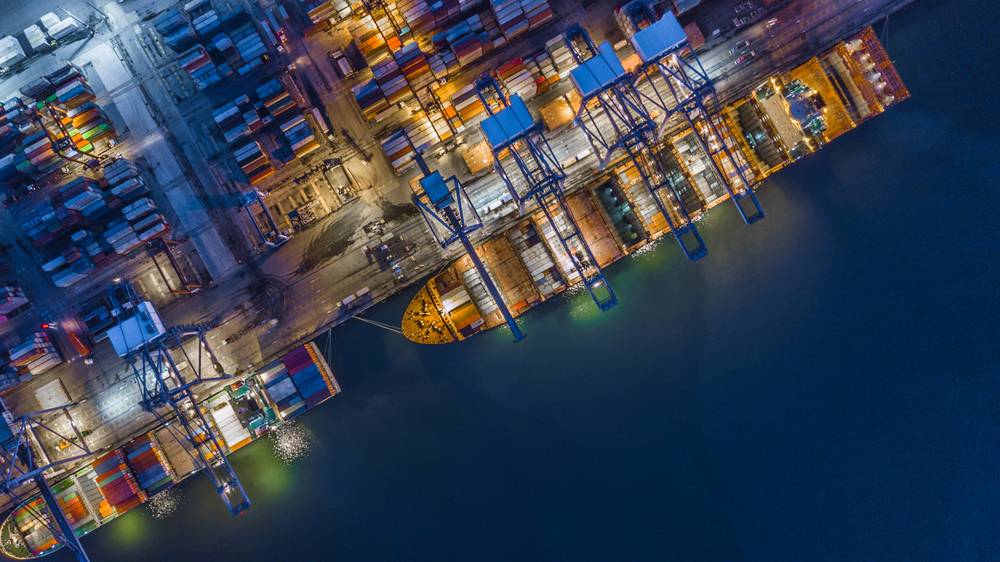
For all its potential to improve the world, globalisation has had some devastating effects on the environment. The amount of goods transported internationally has ballooned – Amazon alone ships approximately 1.6 million packages a day. On a global scale, around 11 billion tonnes of goods are shipped every year- accounting for roughly 90% of all traded goods.
With more trade comes more emissions. At present, transport accounts for a fifth of global carbon dioxide emissions. Unfortunately, under current projections, transport emissions are set to rise a further 16% by the middle of the century.
Rising emissions spell disaster for our future, and are completely at odds with global commitments to reach net-zero emissions by 2050.
Under ordinary conditions, the planet absorbs heat from the sun. It releases a large portion of that heat back into the atmosphere, where it dissipates and escapes back into space.
However, when greenhouse gas emissions are introduced into the atmosphere, that heat can’t escape. The molecular bonds in pollutants, such as carbon dioxide and methane, absorb the escaping heat and re-emit it back towards earth. As more pollutants accumulate in the atmosphere, the atmosphere retains more heat, and the average global temperature rises.
Concerningly, the planet is remarkably sensitive to small shifts in temperature. At the peak of the last ice age, around 20,000 years ago, global temperatures were only 5°C colder than they are today.
The effect of a warming world are already undeniably being felt – In September this year, Hurricane Ian devastated North America. It was declared the deadliest hurricane to strike Florida in almost 100 years, killing over 100 people in the state and wiping out power across the entirety of Cuba. Rising emissions have been attributed to the horrifying storm intensity, as oceans are heated on an unprecedented scale. Realistically, it won’t be long before another catastrophe on Hurricane Ian’s scale is seen again.
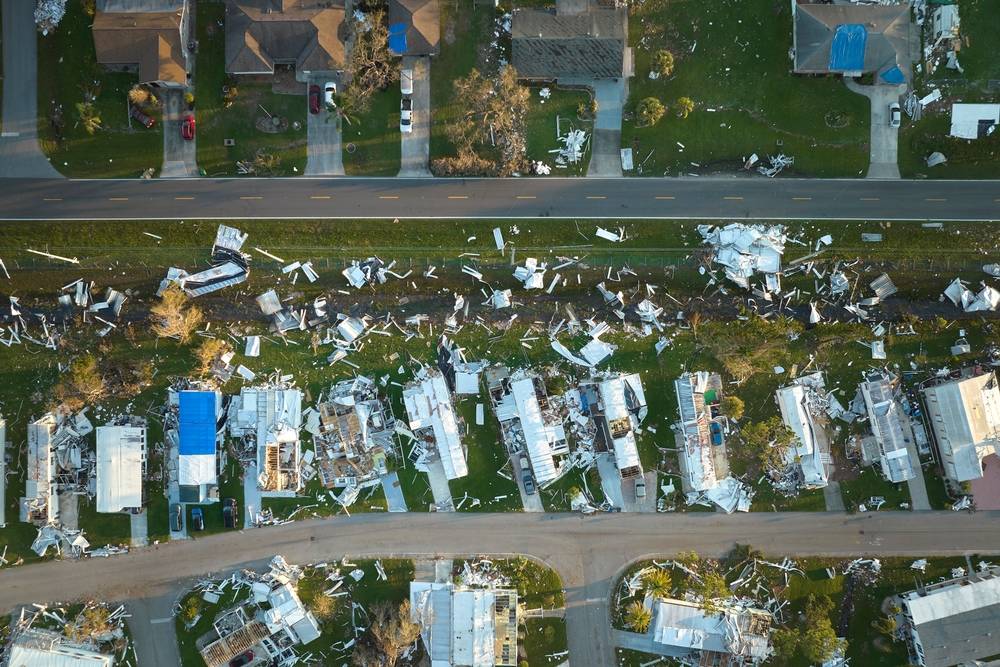
Biodiversity loss
Sadly, it’s not just people bearing the brunt of the impacts. Biodiversity is declining at a rate not seen for millions of years. Scientists have declared the world to be in the midst of the sixth mass extinction. Current extinction rates are 100 to 1000 times greater than background extinction rates (the number of species going extinct without human intervention).
Habitat destruction
Industrial expansion into fragile ecosystems directly destroys habitats that animals rely on for their food and shelter, causing numbers to tumble.
Leaving animals with nowhere to live has, unsurprisingly, devastating consequences. On average, animal populations have declined by 70% in the past 50 years.
Invasive species
It’s not just humans travelling around the world – we’re taking animals with us and flinging them into new environments, often to the detriment of the native flora and fauna. From rats and grey squirrels to parakeets and rabbits, invasive species are all around us, and they’re here to stay.
Unbeknownst to us, animals sneak onto ships and take a journey across the world. Frustratingly, sometimes they’re introduced on purpose, as pest control, game or pets.
Introducing a foreign species into a fragile ecosystem has untold consequences. Scientists literally don’t know how local species will react, so they can’t prepare a response to safeguard the animals that were here first. A study from 2020 found just a 20-30% increase in invasive species could lead to irreversible biodiversity loss. Unfortunately, with current trends, we’re likely to hit that figure soon.
Back in the 1990s, the Teenage Mutant Ninja Turtles inadvertently lead to red-eared terrapins, usually found in the US and Central America, finding a permanent home in the UK. Doting parents gifted them to their turtle-obsessed children, blissfully unaware of how big these creatures could grow. When they outgrew their tanks, parents decided to simply dump them in local lakes and ponds. Unbeknownst to them, their beloved pet would go on to eat cute little ducklings, other birds and amphibians, and generally decimate the local ecosystem. Oops.
What has the environment ever done for me?
Despite calls to protect the environment being seemingly everywhere, it can be easy to forget why it’s so important. As we sit in our offices, staring at our computer screens, in cities where the nearest patch of grass is miles away, we’ve become detached from nature. Yet, on a deeply fundamental level, we rely on it for everything – from the air we breathe, to the water we drink, to the food we eat. Everything we use is made from stuff we pull out of the ground. Without a healthy planet, we’re doomed.
A threat to Earth, and the huge variety of species that live on it, is a threat to us. Animals and plants produce oxygen, keep soils fertile, and maintain the water system. Ecosystems are fragile, and removing and eroding populations will have ramifications across the board.
A stable planet is crucial for life on earth. At the moment, that stability is in jeopardy. According to scientists, a climatic worst-case scenario could see large swathes of the planet becoming uninhabitable, sweltering heat, pandemic after pandemic, and catastrophic political and social unrest – all in as little as fifty years. Ultimately, it could spell the end of the human race.
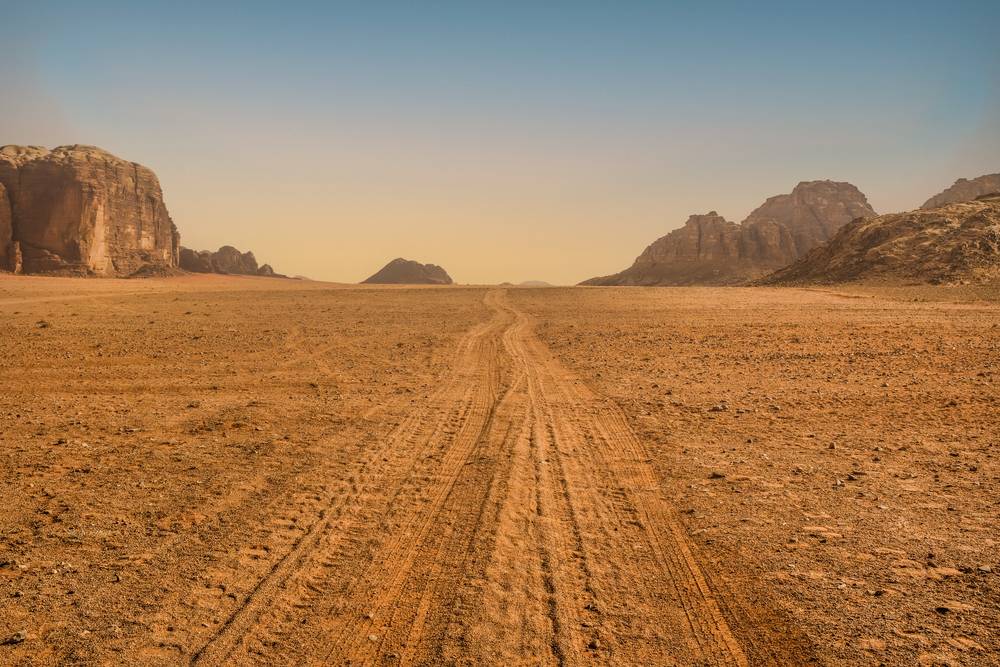
Do global brands have the power to change the world?
As we’ve already established, companies that fail to shift to sustainable practices are, quite frankly, leaving money on the table. Their customers are expecting organisations to act in an environmentally-friendly manner, and if they don’t, they aren’t afraid to take their money elsewhere.
But how can they encourage more people to start taking care of the planet? And even cause other businesses to reflect and improve their own performance?
Global organisations have the potential to influence people all over the world. Historically, that influence has almost always been used to make people buy their products. It’s undeniable that marketing has driven consumerism, exacerbating many of the problems we see today.
However, the rise of socially responsible marketing has seen a paradigm shift in the way brands work. Businesses are beginning to use their power for good, and environmental marketing is becoming increasingly more commonplace.
The Planet Pledge
The Planet Pledge from the World Federation of Advertisers has “a plan to make marketing part of the solution.” It aims to transform marketing into a “catalyst for more sustainable thinking and behaviours,” and promote the UN’s Sustainable Development Goals.
Signatories pledge to reach net zero emissions and encourage their marketing supply chain to do the same. Claims and actions are verifiable, so consumers can have confidence that they are investing in a brand that cares for the planet.
Some brands that have signed up include L’Oréal, Mastercard, Bayer, PepsiCo, and Tesco. The combined potential reach of these organisations is millions, if not billions, of individuals. Therefore, the potential to influence real change and encourage ethical and sustainable practices is gargantuan.
Levi’s Buy Better, Wear Longer Campaign
Last year, Levi used their power for good when it launched its Spring campaign “Buy Better, Wear Longer.” They encouraged their customers not to buy more of their apparel, but instead to wear the clothes they already have for longer or buy secondhand clothes.
It’s groundbreaking for a company to actively encourage their customer base to reduce their consumption and adopt a sustainable mindset, rather than buy more of its products.
The next generation of globalisation
We are living in a world under threat. Climate change, unprecedented extreme weather, sea level rise, soaring inequality, fuel shortages, and mass extinction are all propelling us towards an uninhabitable home.
At a time when global unity is more important than ever, a rising tide of nationalism threatens to divide us further – despite past brand expansion highlighting the importance of culture, and how beneficial diversity can be. Accounting for culture not only promotes profit, but also compassion for others – something we are woefully lacking.
Everyone has a role to play in averting a cataclysmic crisis. Marketing influences all of us, whether we realise it or not, and it has the potential to do so much more than boost sales.
David Attenborough
Relaying to people how their favourite brands are taking steps to achieve sustainability and what they can do themselves, can help promote a societal shift. After all, there won’t be much business available on a dying planet so it’s imperative that we take action.
Patagonia has set the bar startingly high – and marketers and brands need to take notice – or get left behind. Time is running out. The time to change is now.

